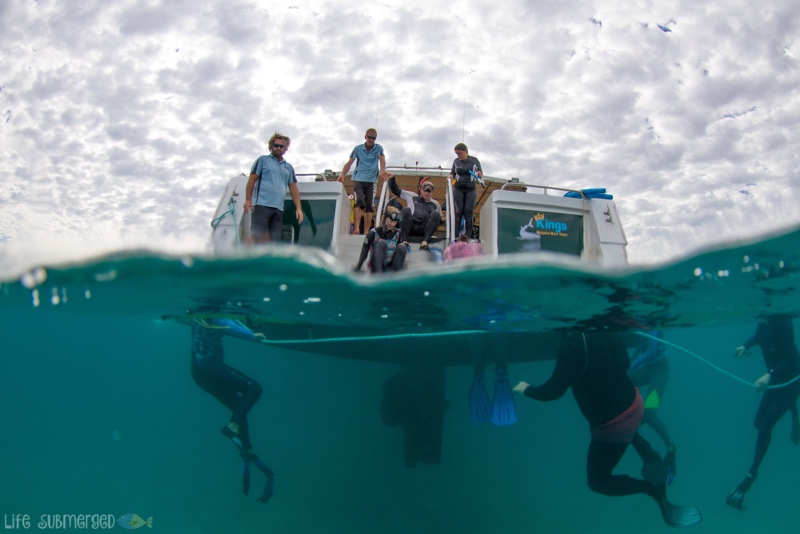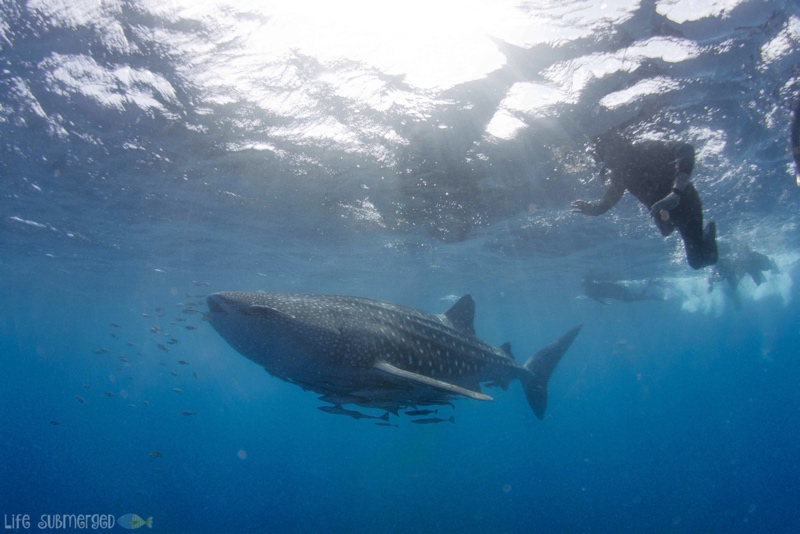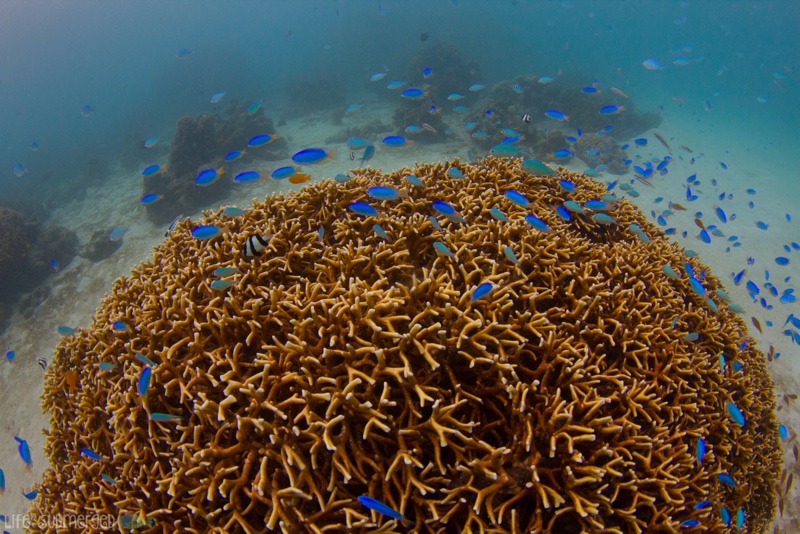
To communicate, verbally and non-verbally. To create partnerships, teams, successful missions, coordination, to protect, to guide, to teach, coach, and so much more.
Sure, communication is not unique to the human species, but it seems that our communication skills have diversified and expanded to a very considerable degree, in comparison with other life forms, as we understand them. Is there another species on this planet that shares its DNA yet communicate in a multitude of languages? Do other animals or life forms tell stories of experiences long past, or describe in abstract form via words about a future scenario or prediction? Is there another sentient being on this Earth that can negotiate a resolution to a dispute without resorting to violence or primal instincts?
For the human child, their capacity to think emerges with the development of their language. Often, the more sophisticated the language role modelled by parents in the early formative years, the greater the potential for cognitive development. Further, language and introspective thought assist our capacity to regulate emotions, to develop mental toughness and thus, emotional intelligence. Such children are more able to navigate their social world via language, to negotiate, to explain, to inspire, and so be more able to collaborate rather than compete for survival in their daily lives.
Assisting children to describe how they feel when agitated, listening more than talking, asking questions or describing options more than giving answers, using friendly non-verbal cues of smiling, appropriate touching, assuming positive posture, etc, are all helpful mechanisms to nurture constructive communications skills in a young person.
Using language to collaborate and cooperate with others is a pathway to success and more harmonious communities. Value the teaching of language with your children and you are imparting a life-long skill that keeps giving, keeps sustaining positive relationships and innovation, creativity and much more. Effectively, while we are communicating, we are not fighting or resorting to behaviour driven by the more primitive parts of the brain designed for survival. To that extent, we are more mindful, and more likely to flourish than simply survive.
Meantime, I have been fascinated by how other life forms do communicate, in so many amazing ways. For example, how does a flock of birds in flight or a large school of fish coordinate their collective actions and motion in what seems instantaneous synchronicity? So many examples of how profound the process of communication is, even as we humans must admit we really do not know as much about other life form’s communications as we might think we do.
In consideration of the above, I give you some fish from the beautiful Ningaloo Reef in Western Australia. Notice the companion fish accompanying the stunning whale shark. I wonder how they communicate their symbiosis or coordinated movement?


Leave a comment